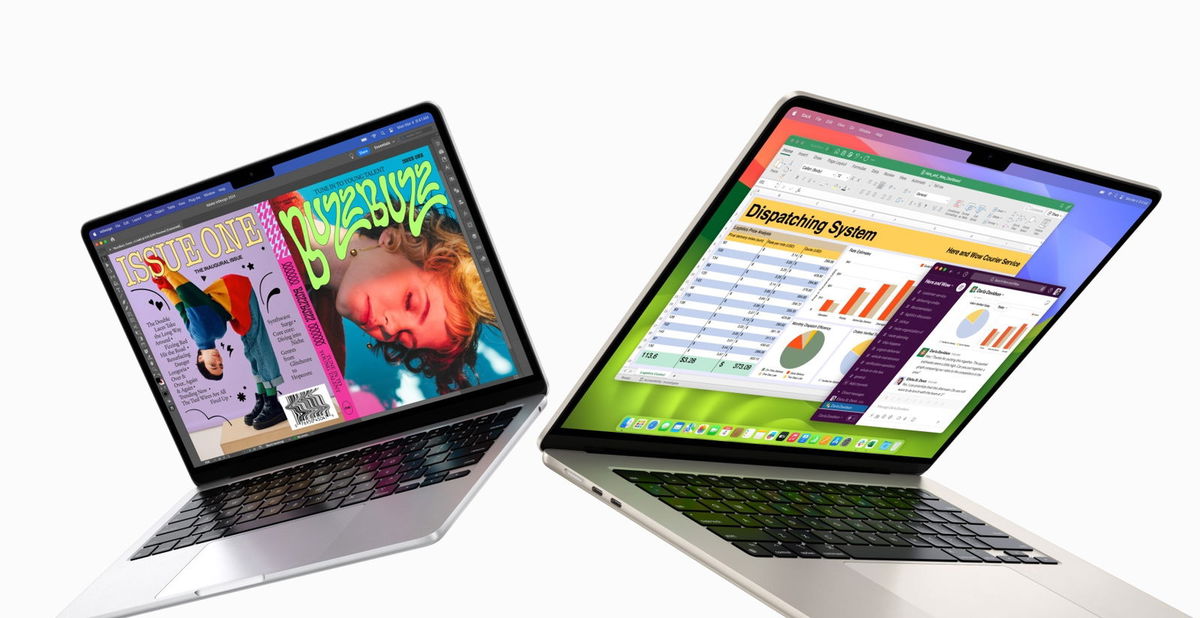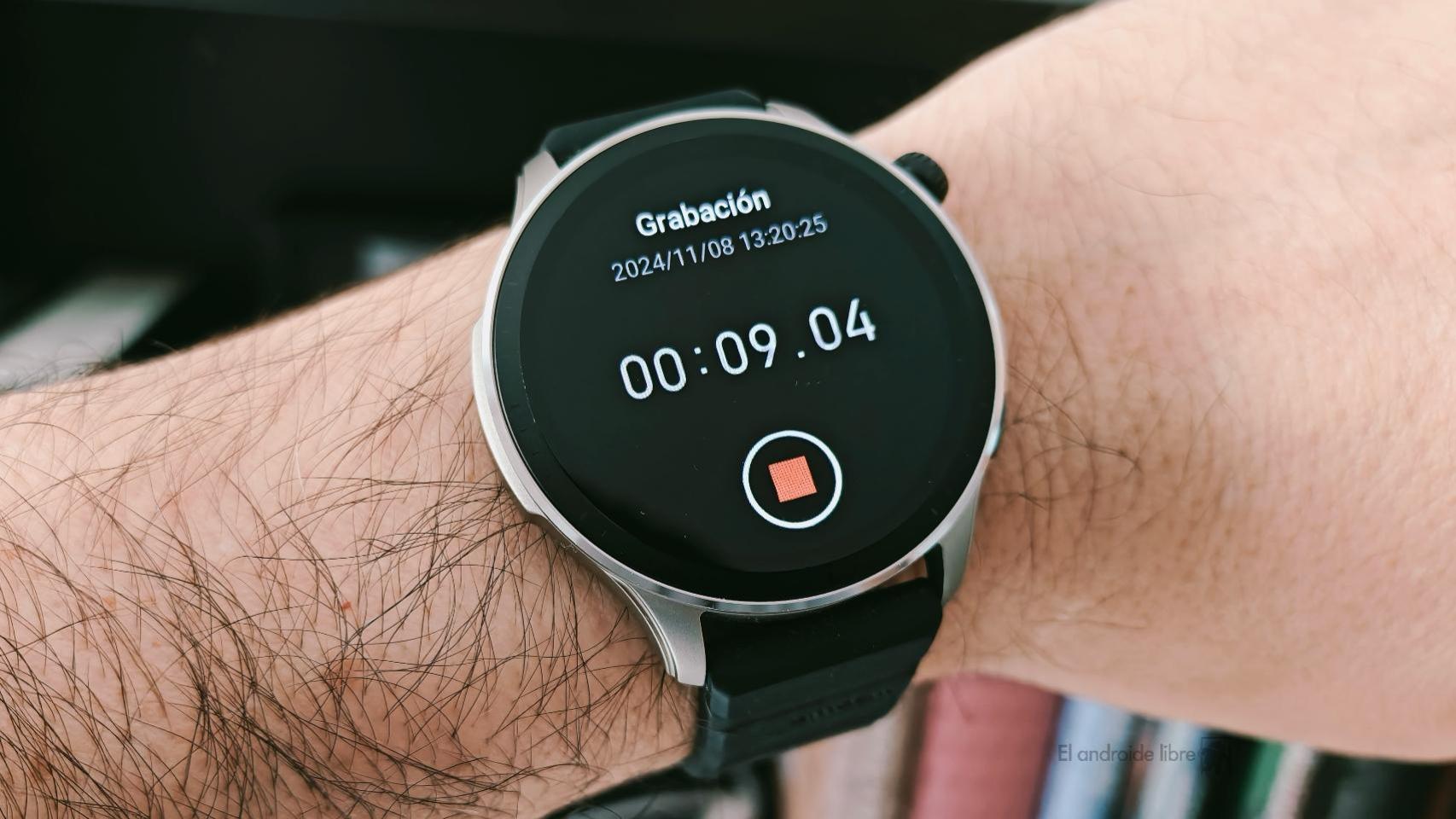 In one look
In one look
Expert rating
Benefits
- 18 GB unified memory standard
- Calm
- Good performance
The inconvenients
- Small performance advantage over the M2 Pro
Our Verdict
The $1,999 standard configuration of the 14-inch MacBook Pro with the M3 Pro offers a balanced package of CPU, memory, and SSD at a price that’s not much higher than the base M3 MacBook Pro. The M3 Pro model offers much better performance value than the M3 model.
Price when reviewed
2,499
Best prices today: Macbook Pro 14 inch (M3 Pro, 18 GB RAM, 512 GB SSD, Space Schwarz)

$2199

$2199

$2199

$2199

$2199

$2199

$2205.99

$2,331.50

$2499

$2519
The $1,999 14-inch MacBook Pro with an M3 Pro system-on-a-chip costs $400 more than the base 14-inch MacBook Pro with an M3 SoC. While that higher price seems like a lot, the $1,999 laptop ends up being a better value. You get a faster CPU and GPU, more memory to work with, and more flexible connectivity options.
This review looks at how the $1,999 MacBook Pro compares to the $1,599 model. A full review of the $1,599 M3 MacBook Pro is available for a more in-depth look at this laptop.
MacBook Pro M3 Pro: Specifications
Apple offers two standard configurations of the 14-inch MacBook Pro with an M3 Pro chip. The model featured in this review is the $1,999/£2,099 version. Our M3 chips guide explains the differences in more detail.
All Apple laptops can be customized with more memory and a larger SSD, which will increase the price. Our review unit has the following specifications:
- CPU: M3 Pro with 11-core processor (5 performance cores, 6 efficiency cores), 16-core neural engine
- GPU: 14-core GPU
- Memory: 18 GB of unified memory (150 GB/s memory bandwidth)
- Storage: 512 GB SSD
- Display: 14.2-inch Liquid Retina XDR display; Native resolution of 3024 x 1964 at 254 pixels per inch; 1,000,000:1 contrast ratio; 1000 nits sustained full-screen XDR brightness, 1600 nits peak HDR content only, 600 nits SDR brightness; Color P3; True tone; Promotion
- Ports: 3 Thunderbolt 4/USB-C; SDXC card slot; HDMI2.1; MagSafe 3; 3.5mm audio
- Networking: Wi-Fi 6E (802.11ax); Bluetooth5.3
- Weight: 3.5 pounds (1.61 kg)
- Dimensions: 0.66 x 14.01 x 9.77 inches (1.68 x 35.57 x 24.81 centimeters)
- Battery capacity: 72.4 Wh
- Price: $1,999/£2,099
MacBook Pro M3 Pro vs M3: Similarities and Differences
The MacBook Pro M3 Pro has the same design and size as the MacBook Pro M3, but with three major differences. The first difference is that the M3 Pro has three Thunderbolt/USB 4 ports, while the M3 has two. The second difference is that the M3 Pro is available in Space Black, while the M3 is not.
The third difference is the external display stand, which is more robust with the M3 Pro. Here’s what each laptop can do:
- M3 Pro:
- Dual external displays with up to 6K resolution at 60Hz over Thunderbolt
- An external display with resolution up to 6K at 60 Hz over Thunderbolt and an external display with resolution up to 4K at 144 Hz over HDMI
- An external display via HDMI at 8K resolution at 60 Hz or a display at 4K resolution at 240 Hz
- M3:
- An external display with resolution up to 6K at 60 Hz
Everything else on both laptops is identical. There is no difference with the screen, webcam, speakers, keyboard and trackpad.
MacBook ProM3 Pro vs M3: CPU performance
The SoC inside our review unit is the stripped-down version of the M3 Pro, which has 11 CPU cores (five performance cores, six efficiency cores). The base M3 has eight CPU cores (4 performance cores and 4 efficiency cores).
The M3 Pro that we tested also has more memory: 18 GB, compared to 8 GB for the M3. The M3 can be upgraded to 16GB, but not 18GB, and that upgrade will cost an additional $200, half the price difference between the M3 and M3 Pro laptops.
The M3 Pro and M3 laptops include a 512GB SSD. The M3 Pro has upgrade options for 1TB, 2TB, and 4TB, while the M3 options are only for 1TB or 2TB.
For the CPU test, we use Geekbench 6 and Cinebench 2024. The scores of each laptop are compared to evaluate the performance of each and note the differences.
Geekbench 6 tests
In the benchmark results regarding single-core performance, there is virtually no difference between the different M3 variants in Geekbench or Cinebench. This is normal since all chips use the same basic technology.
The differences stand out with the multi-core test results. In Geekbench, the M3 Pro had a 44% increase over the M3. In the Cinebench test, the increase of the M3 Pro was 31% compared to the M3.
We’ve also included Geekbench results for the M2 Pro with a 12-core processor. This M2 Pro actually performed better than the 11-core M3 Pro, as it has eight performance cores, two more than the M3 Pro.
Cinebench 2024 references
When testing with Cinebench 2024, we used the powermetrics Terminal utility to display the main frequencies and CPU power consumption. The M3 Pro clocks both efficiency cores and slightly lower power cores than the M3. In terms of power consumption, we see an increase from the M3 with around 20 watts to the M3 Pro with around 23 watts. That’s about 13 percent more, with a performance increase of 31 percent.
The MacBook Pro M3 Pro has two fans to maintain proper operating temperature. These worked well and were very quiet even when all CPU cores were running at maximum speed. With the MacBook Pro M3, its fan had more and was noisier.
Blackmagic disk review
Although the M3 Pro and the M3 in our testing had the same SSD size at 512GB, the M3 Pro’s drive was faster, especially when reading. However, in general use this is probably only noticeable if you need to write or read larger amounts of data.
When working on 362 images in the Photos app, we didn’t notice any performance issues on the M3 Pro, but we did find that the 18GB of memory wasn’t enough for the app and several gigabytes of the SSDs were used as virtual memory. .
iMovie landmarks
In iMovie, no unpleasant surprises when editing and exporting projects with the M3 Pro and its 18 GB of memory – we had problems with the M3 MacBook Pro and its 8 GB of memory. Additionally, the M3 Pro handles editing 4K videos from an iPhone 14 much faster than the M3.
HandBrake 6.1 testing
When converting a 6.7GB 4K movie with Handbrake, the M3 Pro also finishes faster than the M3, but only takes as long as the M2 Pro.
MacBook Pro M3 Pro vs M3: GPU performance
The M3 Pro in our test has a 14-core GPU, four more than the M3’s 10-core GPU. In Geekbench’s Compute Metal test, the M3 Pro shows a significant performance increase of 44% compared to the M3. However, compared to the M2 Pro’s 16-core GPU, the M3 Pro is slower.
Geekbench 6 Computing Tests
The Cinebench 2024 GPU test gives another picture. The M3 Pro outperforms the M3 by 65% and the M2 Pro with 19-core GPU by 58%.
3D Wildlife Extreme Landmarks
When tested with 3D Wildlife Extreme, the M3 Pro was 47% faster than the M3. The M3 Pro and M2 Pro had virtually the same results. We also noticed that the M3 Pro clocks the GPU slightly higher than the M3 and requires about 6 watts, which is about 35% more power than the M3.
MacBook Pro M3 Pro vs M3: Battery Life
After about ten hours of use, the MacBook Pro M3 Pro reaches 19%, which is still enough for a two-hour movie on Amazon Prime. After watching the movie, the battery reached 10%. You can easily get through a workday with this laptop.
In a battery test with Endurance: CPU Stress Test, the M3 Pro lasted about 2.5 hours before hitting the 4% mark at which the COU performance cores shut down. The M3 lasted two hours. Using only the clocked efficiency cores, both laptops continued to run for 30 minutes.
Fully charging the laptop’s battery took about 90 minutes using the 70-watt power adapter.
Should you buy the MacBook Pro M3 Pro?
The MacBook Pro M3 Pro proves to be a good work tool for everyday tasks. It’s noticeably faster than the M3 MacBook Pro: the extra money you have to pay to upgrade from the M3 to the M3 Pro is money well spent. The M3 MacBook Pro isn’t a bad laptop: it’s Apple’s price tag that’s exorbitant.
Replacing an Intel-era MacBook Pro, or an M1 MacBook Air or a 13-inch MacBook Pro, the low-end M3 Pro is a big step forward. However, if you own an M2 Pro MacBook Pro, the low-end M3 Pro doesn’t offer any added value that would make a change wise – the low-end M3 Pro simply doesn’t offer enough of a boost over the M2 Pro.
This article was originally published on Macwelt and was translated by Roman Loyola.
Table of Contents








